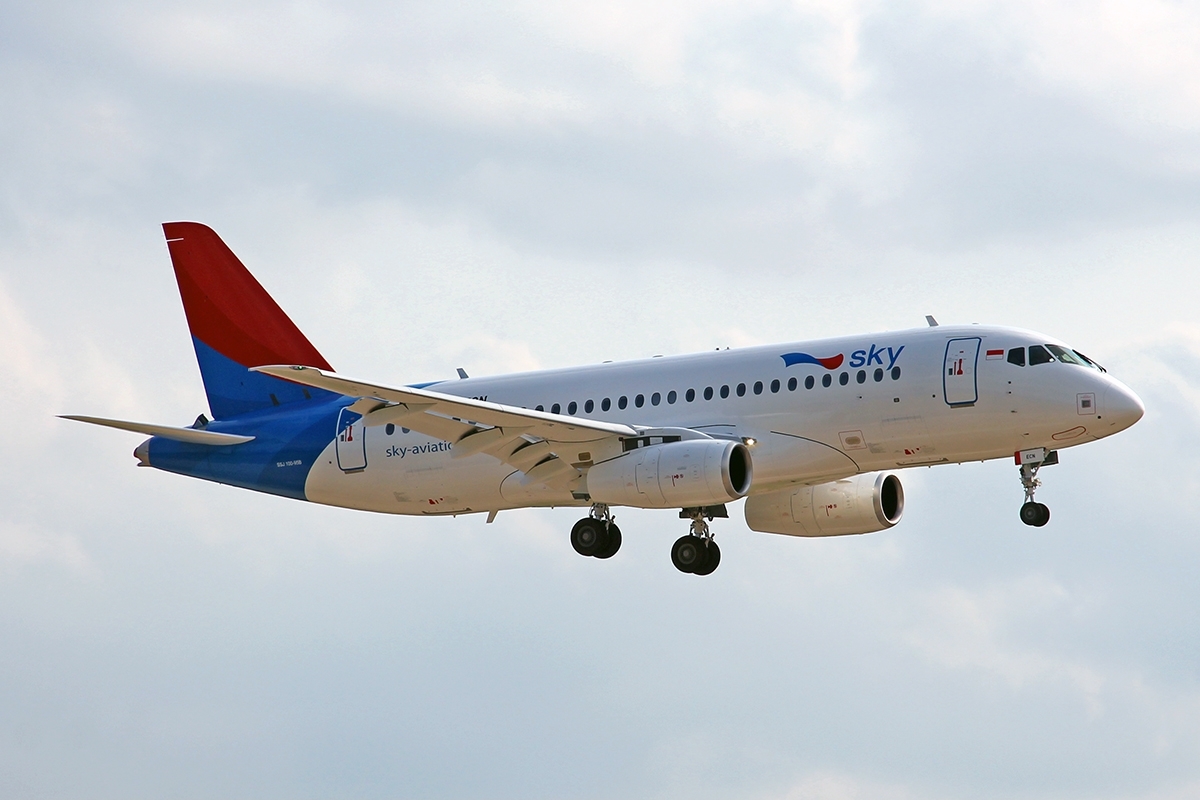How to Make Planes Cleaner and Leaner
The aviation industry is a dirty business, and it needs to get cleaner. Europe has already issued strict directives and limits for aviation emissions and it looks like the US’ Environmental Protection Agency is about to crack down on its own airspace. Flying churns out 1.5% of the world’s human-made greenhouse gas emissions, so it’s important to reduce this as much as possible.

Thankfully, it looks like airlines and plane makers are already on the case and chances are you’ll have noticed this already – baggage allowances falling and charges rising, for example. Fuel accounts for one third of an airline’s operating costs, so they’re aiming to reduce consumption for themselves as much as for the environment.
As well as baggage charges, there are lots of other measures in place to reduce the weight of aircraft – we have lighter, thinner seats – they weigh less and make room for more passengers, and there are lighter food trolleys. Ryanair has even started carrying less ice for drinks and has made its in-flight magazines smaller.
Structural changes
Airlines are making the planes themselves more efficient, too. Most planes work for 20-30 years, so retrofitting them with new fuel-saving widgets is essential. Boeing and Airbus offer airlines add-on packages, often aerodynamic devices that are fitted to wingtips and which reduce fuel consumption by up to 5%.
These changes, while welcome, are just tinkering around the edges of the issue, however. The plane itself needs a remodel and a rethink, both in its build and the way it uses fuel.
Refuelling or defuelling?
Although there is a solar-powered plane scooting about the skies now, and a battery-powered two-seater in the offing, we’re stuck with fossil fuel for a while yet. Think about how much planes weigh (even with smaller in-flight magazines) and how fast they have to go. We just can’t achieve that with sunlight and goodwill.
Biofuels are a real prospect – they are renewable, being as they’re made from algae or renewable trees. They work well in engines and have the potential to slash a plane’s carbon footprint by up to 80%. If the aviation industry uses 6% biofuel this could cut its footprint by 5%. Yay!
However, they’ve simply hardly been used – so far, they’ve powered no more than 2,000 flights. In the US alone there are 30,000 flights a day…
Biofuels will have their day, but as yet, there’s not the infrastructure to produce and distribute them widely enough. It’s coming, but for now we have to work smarter with what we’ve got. Burning fuel more efficiently in the engines is a good start, which is where the combustion imaging camera comes in handy, to make sure all the fuel is burning and it’s having the maximum effect on the thrusters.
A new chassis
While older planes are retrofitted to make them more efficient, we should also be redesigning the new ones coming along. Already newer planes like the Boeing Dreamliner are more efficient than previous generations as they’re made from lighter, composite materials rather than metal.
Engines are changing, too – open-rotor engines offer huge leaps in fuel-efficiency, but as yet there’s no way to keep the safety up and the costs down. Thankfully other measures, like ultra-aerodynamic wings and tails, are well within our grasp.
It takes years and billions of dollars to get a plane from concept to maiden flight, but at least manufacturers are working on it.




